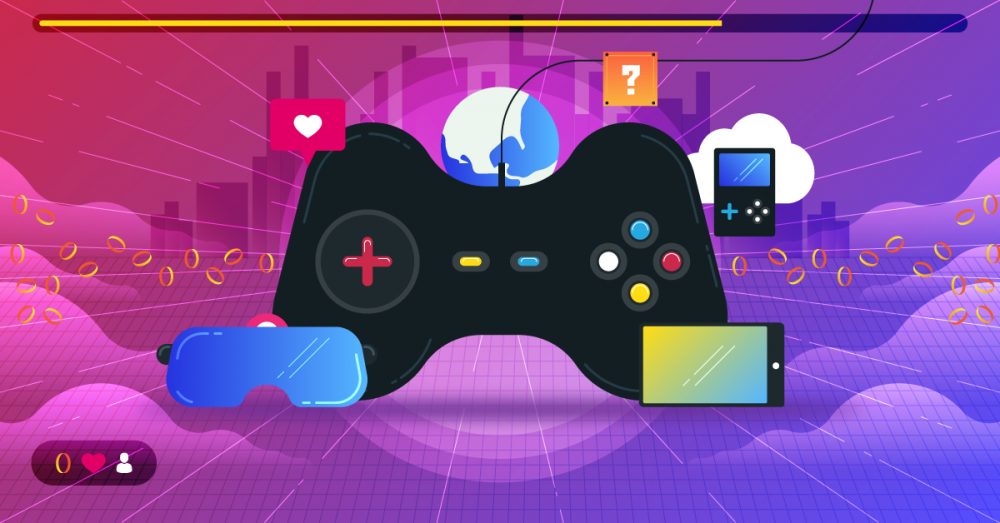Gaming graphics have come a long way from the 1970s pixelated games to today’s realistic graphics and animations. The gaming industry is constantly evolving, and new technologies and techniques are emerging to take gaming to the next level. Real-time ray tracing technology simulates light behavior in real-time, allowing for more realistic lighting and shadows in games. Artificial intelligence upscaling increases the resolution of images in real-time, leading to better performance while maintaining high-quality graphics. Virtual and augmented reality technologies are still evolving, offering more immersive experiences for players. As these technologies improve, games are expected to become even more realistic and enjoyable.
The Future of Gaming Graphics: Emerging Technologies and Techniques
Introduction
Gaming graphics have come a long way since the first pixelated games were released in the 1970s. Today’s games feature stunningly realistic graphics and lifelike animations that transport players to immersive virtual environments. But the world of gaming graphics is constantly evolving, and new technologies and techniques are emerging that promise to take gaming graphics to the next level.
Real-time ray tracing
Real-time ray tracing is a technology that has been making waves in the gaming industry in recent years. This technique simulates the behavior of light in real-time, allowing for more realistic lighting and shadows in games. Previously, game developers had to use an approximation of light behavior, which resulted in less realistic lighting and shadows.
Real-time ray tracing requires powerful hardware, and until recently, only high-end PCs could run games that used this technology. However, new consoles such as the PlayStation 5 and Xbox Series X now support real-time ray tracing, making it more accessible to gamers.
AI upscaling
AI upscaling is a technique that uses artificial intelligence to increase the resolution of images. This technique has been used in the film industry for several years, but it’s also starting to make its way into gaming. With AI upscaling, games can be rendered at lower resolutions and then upscaled to higher resolutions in real-time, resulting in better performance while still maintaining high-quality graphics.
NVIDIA’s Deep Learning Super Sampling (DLSS) is one example of AI upscaling in gaming. DLSS uses AI to upscale images and has been shown to increase frame rates while maintaining high-quality graphics.
Virtual and augmented reality
Virtual and augmented reality (VR/AR) are technologies that have been around for several years, but they are still evolving and improving. VR and AR can transport players to virtual worlds and allow them to interact with objects and characters in ways that were previously impossible. As these technologies continue to improve, they will become even more immersive and realistic.
VR and AR also present new challenges for game developers. Building a game for VR/AR requires a different approach than building a traditional game, and developers must take into account factors such as motion sickness and the player’s physical environment.
Conclusion
The future of gaming graphics is exciting and full of possibilities. Emerging technologies such as real-time ray tracing and AI upscaling promise to take game graphics to new heights, while VR and AR offer players immersive experiences that were previously impossible. As these technologies continue to evolve and improve, we can expect games to become even more realistic, immersive, and enjoyable.
